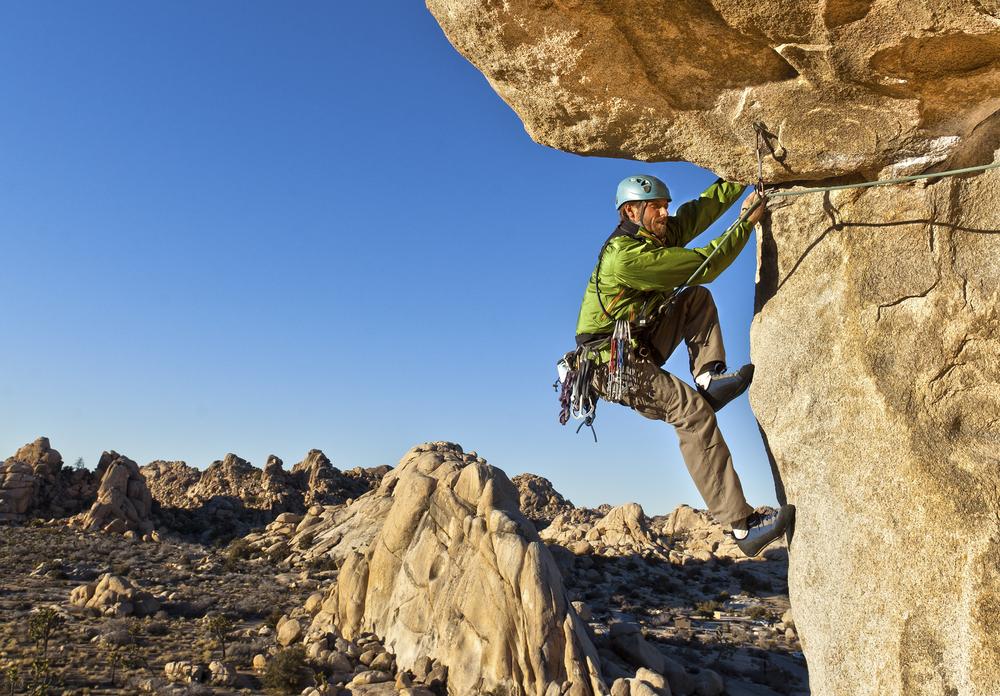I have a special fondness for New Mexico and its intrinsic natural beauty. Many of my cousins (on my mother’s side) reside there, predominantly around Albuquerque and Socorro.
Known as the “Land of Enchantment,” New Mexico is a large state, ranking fifth among the 50 in total area, and boasting a range of landscapes from deserts to deep canyons, raging rivers, dense forests, and mountains.






